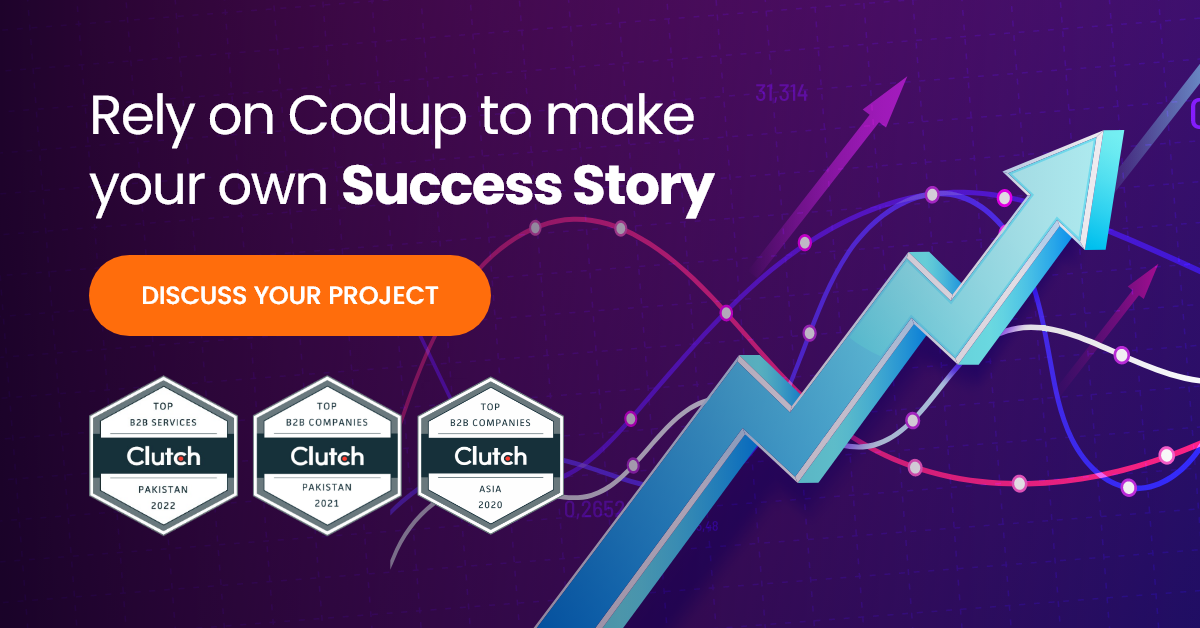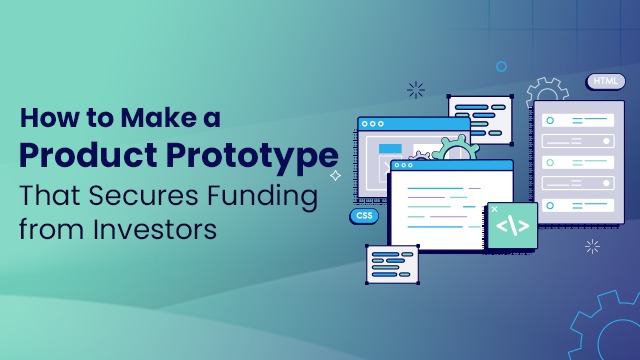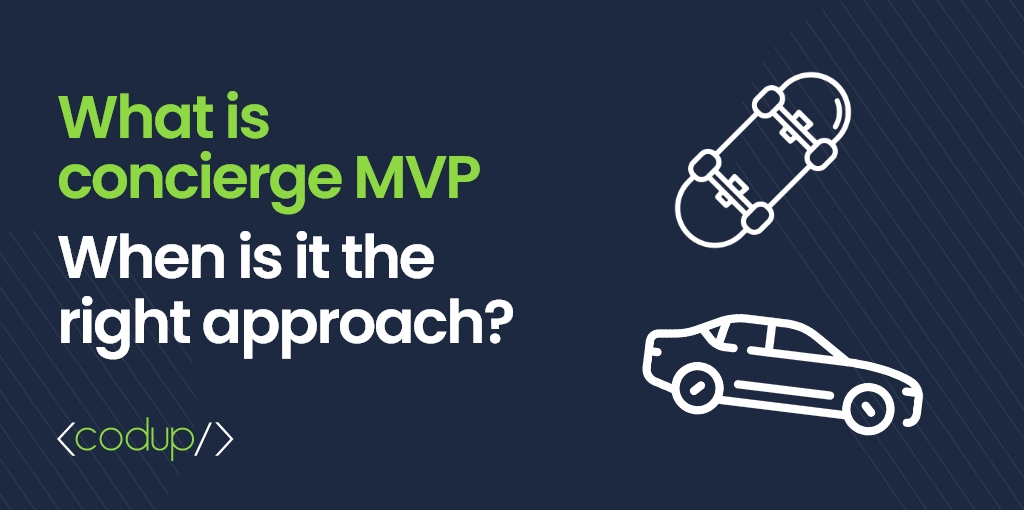Prototypes vs. MVPs: Choosing the Right Approach

Prototypes and Minimum Viable Products (MVP) are the two powerful concepts in the world of Product Development. Rather than diving headlong into months of expensive development with all the features, it’s important to test the waters first. Launching a product without validation may lead to disappointment – finding that there is no demand; it was built incorrectly, or realizing that a better direction could have been taken if adjustments were made along the way.
Prototypes and MVPs are useful in this situation, as they play a pivotal role in attaining Product-Market Fit, gathering crucial stakeholder and user feedback, and generating excitement for your upcoming product launch. They serve as effective communication tools, bridging the gap between you and your designers/tech teams, while also providing a deep understanding of the product’s essence.

In the discussion of prototype vs MVP, to better understand the difference between them, let’s dive deeper into knowing what they really are in point of fact. Here, we’ll go over everything you desire to know about MVPs and prototypes. We’ll consider:
Table of Content
POC vs. MVP/Minimum Viable Product vs. Prototype: Understanding the Fundamentals
POC (Proof of Concept), MVP (Minimum Viable Product), and Prototype are fundamental concepts in product development, each serving a distinct purpose.
Consider this, you have an idea about a product or service that has the potential to actually lead the market, but you need proof to influence the stakeholders or perhaps, investors to invest an amount into the development of your product. What do you do?
The answer: You test the market. But the question is, HOW?
This is where we come to Proof of Concept, yet another business jargon that essentially comes way before MVPs and Prototypes. Let’s understand, what they actually mean!
A POC is a preliminary investigation into an idea’s technical and commercial viability, often without full functionality. On the other hand, a Prototype and MVP are more advanced stages of product development, each with its distinct purpose and characteristics.
Let’s capture a closer look at the differences between these fundamentals:
1. Proof of Concept (POC)
It’s important to understand the importance of Proof of Concept (POC) in the product development process before we compare the prototype and MVP.
POC aims to validate the feasibility of a concept or idea and determine whether it is worth pursuing further. A POC is a preliminary investigation phase of product development. It involves creating a small-scale model to demonstrate the feasibility of a concept or idea. The primary objective is to assess whether the core concepts or technologies will work as intended. POCs are often used to get internal buy-in from stakeholders or to secure funding for the project.
Example: A pharmaceutical company is exploring the feasibility of a groundbreaking drug delivery method using nanotechnology. They create a small-scale model that demonstrates how nanoparticles can effectively transport medication to targeted cells. This POC aims to validate the scientific principles behind the concept and secure funding for further research and development.
2. Prototype
Prototypes are more advanced and represent a basic version of the final product. Prototypes are focused on the user experience and design elements. They offer a tangible representation of the product’s look and feel, enabling stakeholders and users to provide feedback and identify areas for improvement.
Example: An automotive manufacturer is designing a futuristic electric car. They create a physical prototype of the car that showcases its sleek exterior design, interactive dashboard, and an advanced self-parking feature. While the prototype might not have a fully functional electric drivetrain, it offers potential investors and focus groups a tangible experience of the car’s aesthetics and user interface.
3. Minimum Viable Product (MVP)
MVPs are the first functional versions of a product that include only the core features necessary to satisfy early adopters. The goal of an MVP is to test the market with the minimum effort required and gather valuable user feedback for iterative improvements.
Example: An excellent example here is Codup’s exemplary work in developing the Cyberize It Notarization platform that transformed a simple, yet great idea into reality. Codup developed the MVP in three months reducing the time to market of a full-fledged, feature-packed notarization platform, while leaving room for continuous iterations and enhancements based on user feedback.
Understanding these differences is crucial as it helps companies make informed decisions about which approach to adopt at different stages of development. Whether it’s proving a concept’s viability, testing the market, or refining design elements, mastering these fundamentals can significantly impact a product’s success.
Prototype vs. MVP
| Prototype | MVP |
|---|---|
| Validates the idea. | Validates the product. |
| Often represents the visual appearance of the product without full functionality. | Fully functional, allowing limited use. |
| Requires minimal time and effort. | Requires more resources, time, and effort. |
| Low commitment level; easy to iterate and make change. | High commitment level; challenging to completely discard and start anew. |
| Primarily for internal us. | Intended for the target market. |
Why Should a Company Consider Building a Prototype or MVP
What selection will the company make first? – A minimal viable product (MVP) or a prototype? What distinguishes the two and what purposes do they serve?
Let’s take a look!
Building a Prototype
Companies opt for building prototypes for the following reasons:
1. Market Validation Insights: Prototypes are also used for market validations; it is the initial stage, a workable thing that is beta tested. MVPs are taken to the market after they are fully built and ready for launch.
2. Stakeholder Engagement: Prototypes help engage stakeholders by providing a tangible representation of the concept, and garnering essential feedback and support.
3. Error Identification: Identifying design flaws or usability issues early on helps save time and resources during the development process.
Real-life Example: A tech startup building a new mobile app for fitness tracking creates a prototype with basic features and user flows to showcase its concept to potential investors. The prototype allows them to secure funding and make necessary refinements before investing in full-scale development.
Developing a Minimum Viable Product (MVP)
The reasons to build an MVP include:
1. Market Validation: MVPs allow companies to test their product’s viability in the real market with real users, helping to identify potential demand and interest.
2. Iterative Development: MVPs enable iterative development, incorporating user feedback to enhance the product based on actual user needs.
3. Speed to Market: Getting an MVP to market quickly allows companies to gain a competitive advantage and start building a customer base sooner.
Real-life Example: An e-commerce platform creates an MVP with a basic product listing, shopping cart, and payment functionality. By launching the MVP, they can gauge user interest and preferences, allowing them to prioritize feature development and optimize user experience.

The Benefits of Prototyping
Prototyping offers numerous advantages, including:
1. Enhanced Visualization: Prototypes provide stakeholders with a clear and concrete vision of the product, reducing misunderstandings and fostering effective communication.
2. Efficient Feedback Loop: The interactive nature of prototypes allows for a faster and more detailed feedback loop, streamlining decision-making and development processes.
3. Risk Mitigation: By detecting potential issues early on, prototypes minimize the risk of costly mistakes during the later stages of development.
4. Gaining commitment: Prototypes can help secure a commitment from stakeholders and investors, ensuring support for the project’s development and successful market launch.
The Benefits of MVP
MVPs offer distinct benefits, such as:
1. Customer-Centric Approach: MVP prototype focuses on delivering core functionalities, ensuring that the initial product aligns with actual customer needs and preferences.
2. Market Insight: Early market entry through an MVP allows companies to gather invaluable market insights, which helps in refining the product roadmap.
3. Scalability and Adaptability: A minimum viable product vs prototype sets a solid foundation for future growth, enabling companies to scale and adapt based on real-time feedback and data.
4. Profitability: Reactions to a minimum viable product (MVP) can predict future interest in the finished product, including possible sales.
Prototype or MVP: Making the Right Choice
There is no definite winner especially when it comes to choosing between developing an MVP or opting for prototype development. The decision between choosing a Prototype or an MVP depends on the product’s stage, the level of validation required, and the business goals.
Both are methods for testing a product early in the development process without committing to developing the entire thing at once. Therefore, it is possible to save costs, lower risks, and even lower future technological debt by using both prototypes and MVPs.
So, which should you use: Prototype or MVP? It’s your choice but make an informed decision and just build a product that the people want!



